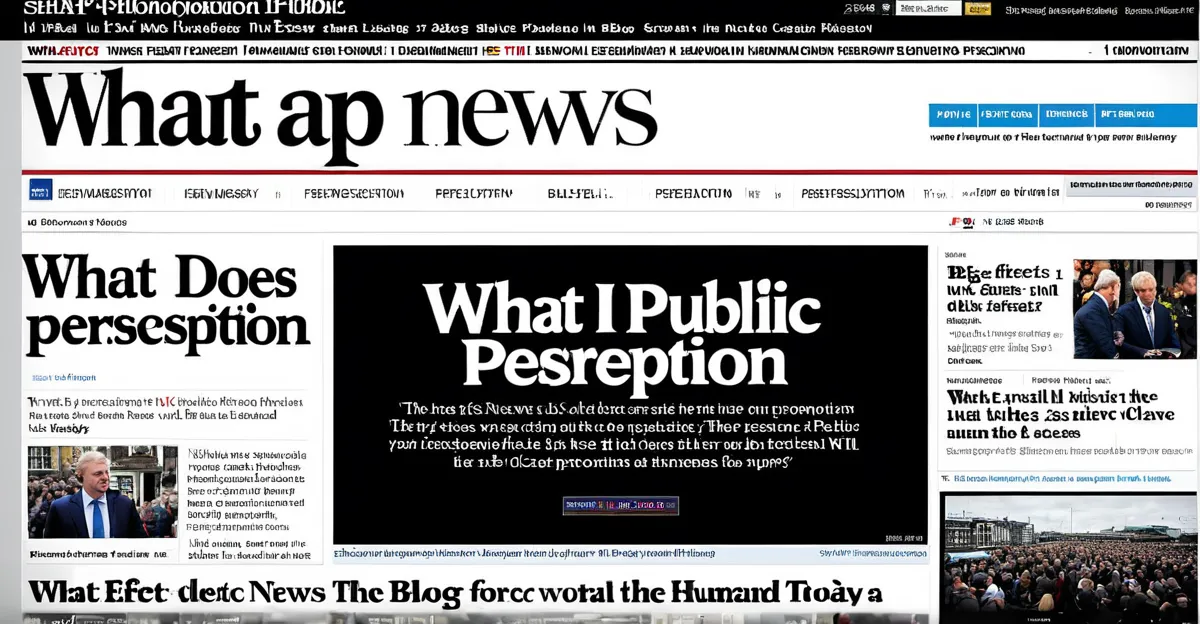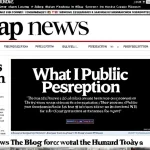Overview of the Current UK News Landscape
The UK news media consists of a diverse array of major news outlets, each with unique editorial styles and audiences. Traditional players like the BBC and ITV remain influential, offering extensive broadcast coverage and trusted journalism. Newspapers such as The Guardian focus on in-depth reporting and analysis, while The Sun caters to a tabloid audience with more sensational content.
Over recent years, there has been significant growth in digital news platforms, reshaping the media landscape. Online news sites and mobile apps provide instant access to content, appealing especially to younger demographics. This shift challenges traditional outlets, who now balance their established broadcast and print presence with dynamic digital offerings.
In parallel : What steps is the UK taking to enhance public transportation systems?
Audience reach varies considerably among these outlets. The BBC boasts a broad, national audience, optimizing its public-service mandate to cater to all age groups. In contrast, digital-first platforms draw more urban, younger viewers, reflecting changing consumption patterns. Understanding these distinctions is crucial when considering how news influences public opinion across the UK.
Mechanisms of Media Influence on Public Opinion
Understanding media influence is key to grasping how UK news media shapes public opinion. Major news outlets apply several mechanisms to frame issues, guiding audience perception consciously or unconsciously. For example, agenda-setting directs attention to specific topics, establishing their importance within public discourse. This focus influences what audiences consider newsworthy or urgent.
Also to see : How Are Recent UK News Trends Reshaping Public Opinion?
Priming further shapes opinions by emphasizing particular aspects of stories—such as economic impacts or social consequences—nudging viewers to interpret events in line with these frames. UK news media often incorporate expert commentary and results from public polls to add credibility and context. These elements help the audience assess issues more deeply and feel involved in ongoing debates.
The role of news media in framing is not passive; it actively constructs narratives influencing public attitudes. By selecting which voices to amplify or which data to highlight, media outlets can affect the public’s priorities and emotional responses. This multifaceted influence underscores why the media’s approach to reporting is critical in shaping the collective perception within the UK’s complex media landscape.
Media Bias, Polarisation and Trust in the UK
Media bias UK remains a significant factor affecting public trust. Bias often appears through selective story framing or emphasizing particular viewpoints, which can shape audience interpretation. Major news outlets sometimes reflect political or ideological leanings, influencing how events are presented. For example, some tabloids may sensationalize stories to engage readers emotionally, while broadsheets often stress analytical depth, contributing to perceptible bias.
This bias contributes directly to news polarisation. When outlets consistently represent opposing perspectives, audiences may become segregated into echo chambers, reinforcing pre-existing opinions rather than promoting balanced understanding. The resulting polarisation impacts public discourse, making constructive debate more challenging.
Levels of public trust in UK news media vary widely. Trusted institutions like the BBC generally maintain higher confidence due to their public-service remit and perceived impartiality. Conversely, partisan outlets might experience skepticism among certain demographics. Recognizing these trust disparities is crucial for assessing how media bias UK and polarisation influence audience engagement and the broader democratic process.
The Role of Social Media in Shaping Opinions
Social media influence has become a pivotal force within the UK news media landscape. Increasingly, digital news consumption occurs through platforms like Twitter and Facebook, which serve as primary news sources for many UK audiences. These sites offer instant updates but often filter content using algorithms that create echo chambers—where users primarily see opinions aligning with their own beliefs.
Algorithms prioritize engagement, potentially reinforcing users’ existing views and limiting exposure to diverse perspectives. This filtering effect intensifies news polarisation by narrowing audiences’ information scope. Furthermore, traditional major news outlets interact with these platforms to reach broader audiences, adapting their content for social sharing and quick consumption.
Despite this reach, the role of news media on social platforms raises concerns about misinformation and selective exposure. Social media’s rapid spread of news challenges traditional verification processes, complicating efforts to maintain public trust. Users must critically assess sources, understanding how algorithmic biases can shape the information they receive. Thus, social media extends the influence of UK news media but also amplifies challenges linked to polarisation and trust in the digital age.
Recent Trends and Events Impacting Public Perceptions
Recent developments in the UK news media reveal how pivotal current trends and major media events shape public opinion UK. For instance, high-profile political scandals or national crises often prompt intense media focus, amplifying their influence on public discourse. When a significant event dominates headlines, news outlets accelerate agenda-setting, steering audience attention to critical issues swiftly.
Following such stories, shifts in audience perception become evident. For example, increased coverage of health emergencies has heightened public awareness and altered trust dynamics toward different broadcasters. This responsiveness demonstrates how the media landscape adapts in real time to emerging stories, influencing how the public processes information.
Moreover, changes in consumption habits continue with the expansion of alternative media sources challenging traditional platforms. Digital-first news providers offer niche perspectives that resonate with specific demographic groups, diversifying viewpoints available to the public. These evolving consumption patterns reflect broader societal shifts, underscoring the role of media events not just in informing but in transforming public attitudes across the UK.






